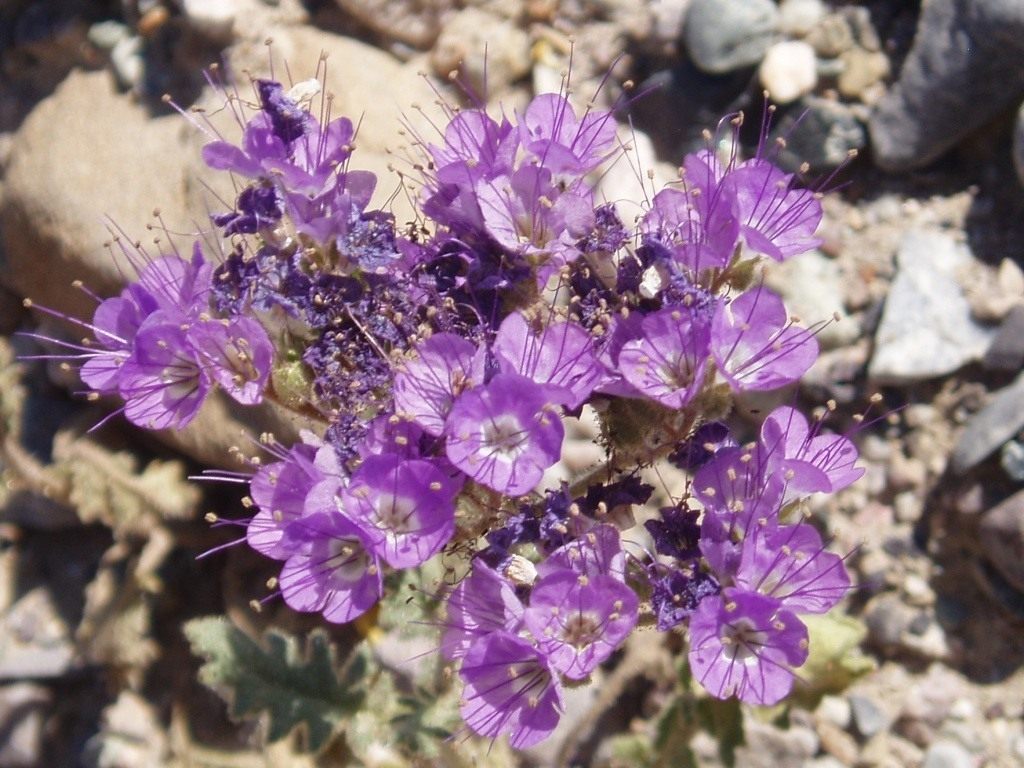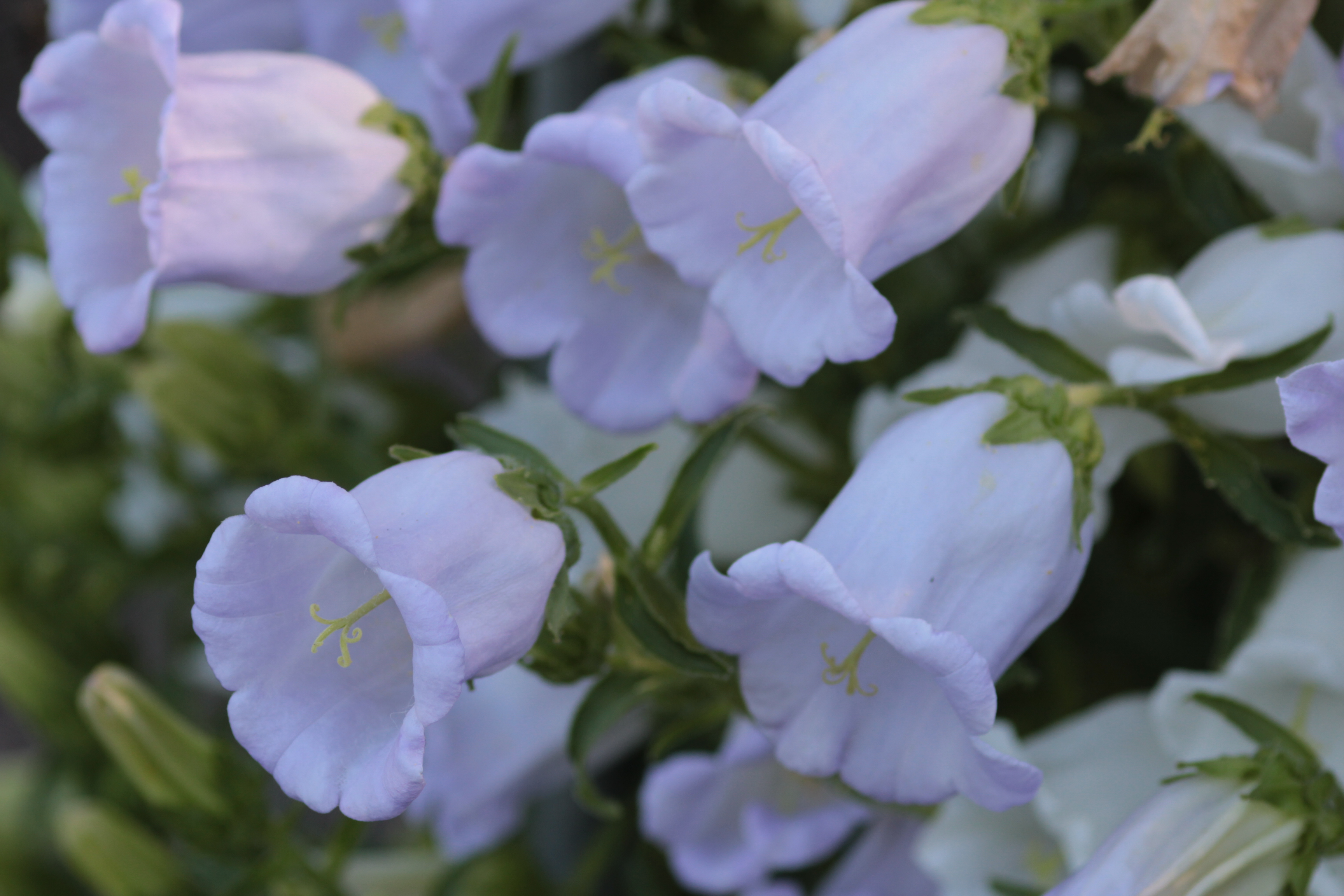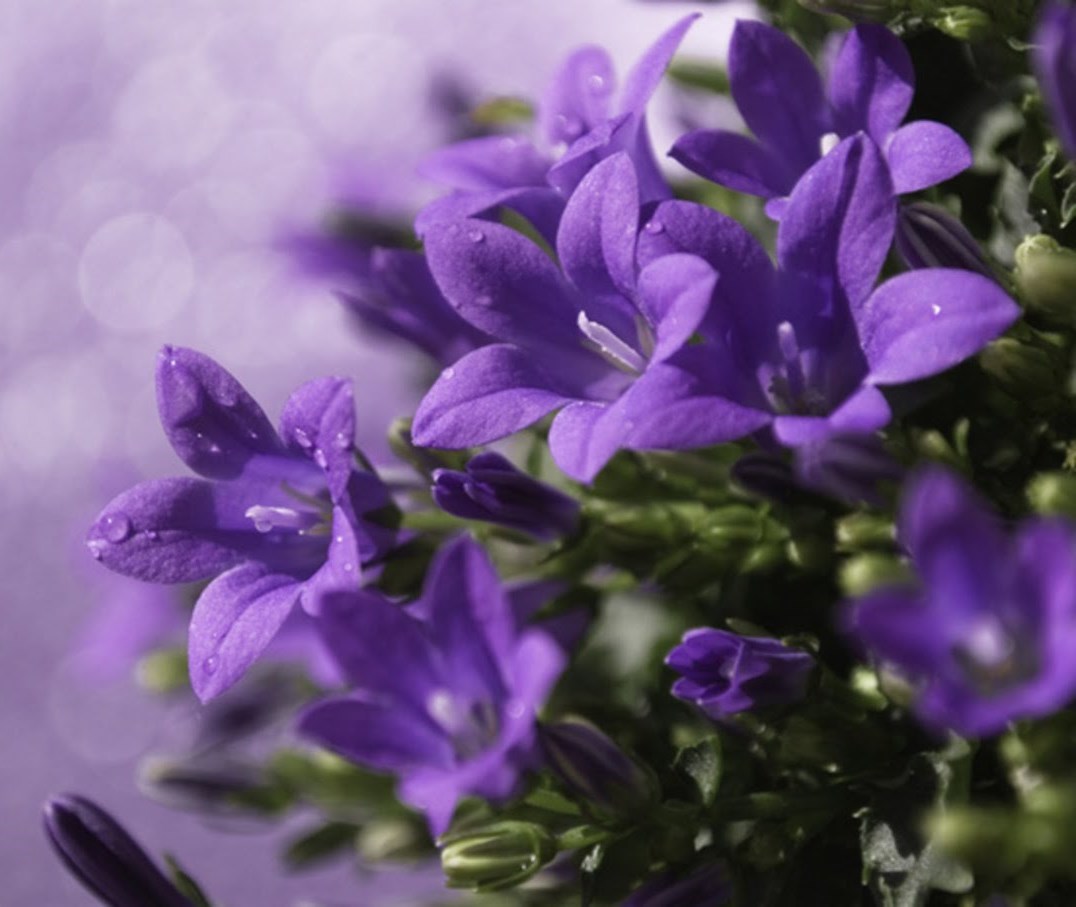Among the more than three hundred varieties of bells distributed around the world, there is also such as campanula portenshlagia, also known as the “bell of a portchlag”. This is a perennial ornamental plant and will be the topic of this article.
Acquaintance with the flower
For lovers of a strict classification of plants, information about the location of the bell, named after the botanist Portenchlag, in the general hierarchy of flowers will be interesting. So: Domain - eukaryotes, kingdom - plants... Belonging to the flowering department, this bell fell into the class of dicotyledons, however, conditionally. Further: the order is astrocytes, the genus is the bell of the family of bell-flowers. And finally, the view.
There are several names for this species:
- hand bell;
- campanula portenshlagia (scientific name);
- Dalmatian bell;
- campanula muralis;
- campanula affins;
- campanula portenschlaqiana grandiflora.
There are other synonyms, but they are practically not used.
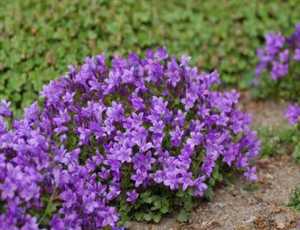 Actually, one of the names of this plant, the Dalmatian bell, just indicates the natural distribution area of this species, that is, north of the Balkans, for the most part, the territory of modern Croatia... There it grows on rocky areas and even on rocks. Naturalized in Europe (UK and France), New Zealand.
Actually, one of the names of this plant, the Dalmatian bell, just indicates the natural distribution area of this species, that is, north of the Balkans, for the most part, the territory of modern Croatia... There it grows on rocky areas and even on rocks. Naturalized in Europe (UK and France), New Zealand.
In the herbarium of the famous Austrian botanist Portenschlag, a representative of this kind of bells, which was given the name of the collection master. But the species itself was first described by another Austrian botanist, Schultz, in December 1819.
These perennials represent bushes up to 15–20 cm high with funnel-shaped flowers... It was the shape of these flowers that gave the name to the entire family of bells.
Bellflower flowers can be of various shades, from white to purple and even two-tone lavender. Although, of course, the many tones of blue are classics of the genre. The Dalmatian bell is distinguished by its beautiful purple flowers, which combine well the brightness of the color with the tenderness of the shade. For which they are valued by flower growers.
 This unpretentious, but charming beauty blooms in June, the diameters of the flowers can reach a size of 2.5 cm. The number of flowers in the inflorescence located at the end of the shoot 3-5 pcs.... Flowering can last until September. Moreover, the flowers do not bloom all at once, but bloom one by one, until a kind of floral outfit is formed on the plant.
This unpretentious, but charming beauty blooms in June, the diameters of the flowers can reach a size of 2.5 cm. The number of flowers in the inflorescence located at the end of the shoot 3-5 pcs.... Flowering can last until September. Moreover, the flowers do not bloom all at once, but bloom one by one, until a kind of floral outfit is formed on the plant.
The plant is almost evergreen, even in frost it does not lose its clothes. Only with the onset of spring do old leaves give way to young green shoots. The leaves are serrated, heart-shaped or rounded. Below the leaves are pale... The plant is valued as an ornamental plant for its flowers. In shaded areas, specimens with a more saturated color grow.
Flower cultivation
The bell bearing the name of Portenschlag easily adapts to different conditions, is unpretentious, grows even in tight confined spaces. He is unpretentious in care.
Soil requirements
The soil for planting should be light. Can be in the form of loam. The characteristic of the soil is slightly acidic or neutral. The variety is winter-hardy.
Reproduction, planting
Breeding methods:
- seeds;
- vegetative (by dividing the bush).
If seedlings are required, then the seeds are planted in mid-to-late March, seeds are planted in the ground with a seedless method before winter.
Care
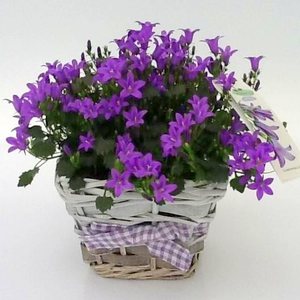 Dalmatian bells, like other members of this family, are unpretentious in care. They love diffused but bright light, abundant summer watering. In winter, watering should be moderate.
Dalmatian bells, like other members of this family, are unpretentious in care. They love diffused but bright light, abundant summer watering. In winter, watering should be moderate.
The space between the plants should be 10 cm... It is necessary to constantly monitor this parameter, because the bells have the ability of abundant self-seeding. Other varieties can spread like weeds.
To maintain the necessary humidity, it is recommended to cover the planted flowers with a film. And here, in winter these plants do not need shelterbecause they have good resistance to low temperatures. When growing this flower, liming is recommended and an effective drainage system is created.
After flowering, the remains of the inflorescence must be cut off, this will improve the appearance of the flowers and extend the period of the next flowering. If this is not done, then as a result of seed formation, the decorative appearance of the plant may deteriorate.
Conclusion
There are flowers that are icons of a solemn or high style. Other flowers are a showcase of wealth and prosperity. There are flowers that symbolize purity and purity. Bells are undoubtedly companions of tenderness and romance.... These blue flowers are found not only in the fields, but also among the stone placers of harsh mountain landscapes, attracting the attention of tourists, connoisseurs of beauty, landscape designers, and gardeners. Both amateurs and professionals.
The flower, perhaps, is inferior in decorativeness to roses and orchids, but it has found numerous admirers, firmly occupying its niche in gardens, indoor pots and vases.
